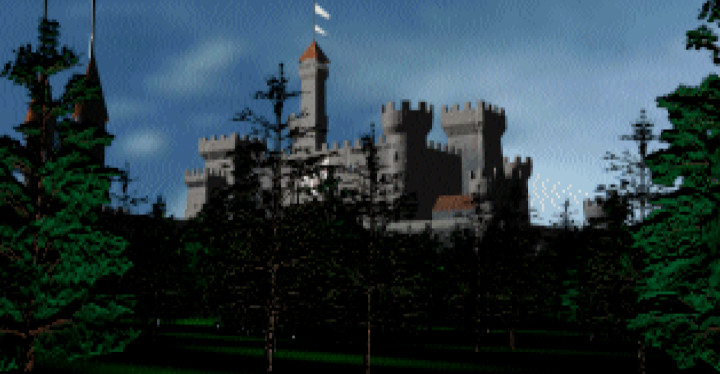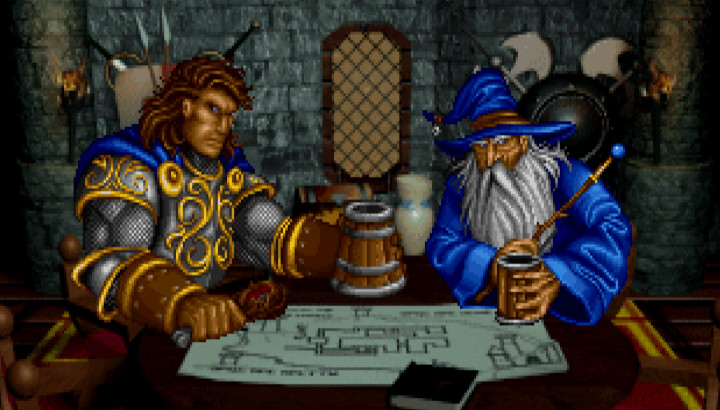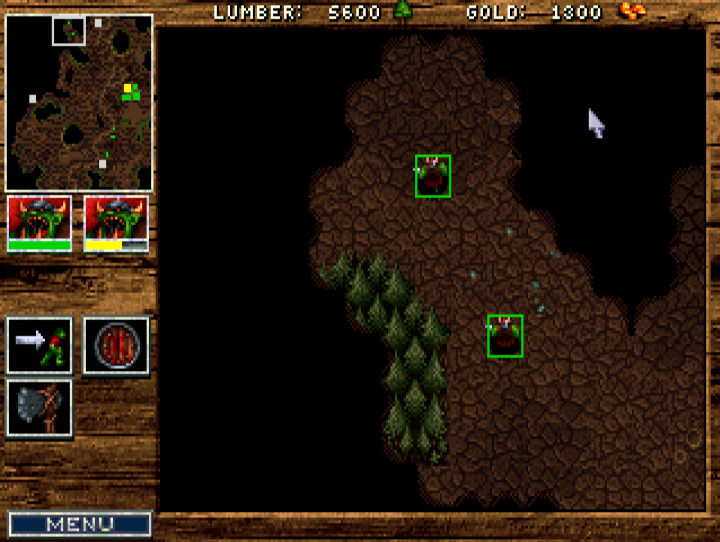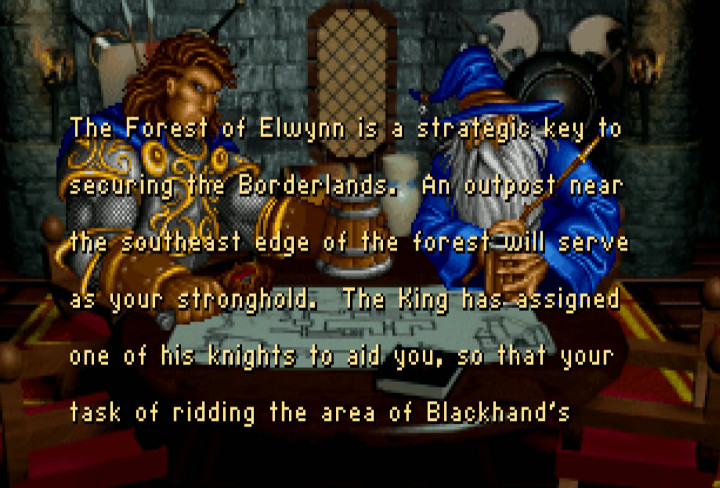With Warcraft: Orcs & Humans, Did Blizzard Know They Were Sitting on a Goldmine?
In 1994, a humble little game development studio called Silicon & Synapse changed its name to Blizzard Entertainment. On top of porting The Lost Vikings to Amiga, they released three new games that year. The first was the much-maligned Death and Return of Superman for SNES, published by Sunsoft in August; the second was a platformer called Blackthorne, published by Interplay Productions in September.
But in November of 1994, they would self-publish a little MS-DOS game called Warcraft: Orcs & Humans, and the rest, as they say, is history.
In retrospect, it’s really easy to point to Orcs & Humans as the launching point for one of the biggest and most lucrative franchises in video-game history. But in 1994, could the folks at Blizzard see the bigger picture? The true answer to that question is likely lost to time, but I have a feeling that the team behind Orcs & Humans was just working on something they were passionate about without thinking too much about building a multi-billion-dollar franchise.
I mean, one only has to listen to the narration, which was the work of Bill Roper alone (who’s also credited as being the game’s sole writer), to hear a person having an absolute blast rather than attempting a legacy-making performance. His orcs sound like a bad Yoda impression, and his human voices sound like a D&D dungeon master hopped up on Red Bull. Yet as silly as they may be, these performances have a quirky charm to them (and they’re objectively better than, say, the voice work in the original Resident Evil).
The games that inspired Orcs & Humans are many, from Lemmings to Blizzard’s own The Lost Vikings. At one point, Blizzard had hoped to work on the Warhammer license, but bad experiences with DC-licensed works had left a bad taste in their collective mouths. Warcraft was eventually created as a new IP, with Blizzard in complete control.
In terms of gameplay, Warcraft: Orcs & Humans was very much inspired by Dune II: The Building of a Dynasty, which released in 1992 and solidified many of the conventions of the RTS (real-time strategy) genre (the genre dates back into the 1980s, but Dune II would steer it in a new direction for a new decade). If you play both games, you can definitely see the similarities, but Orcs & Humans did some of its own innovating as well. Perhaps most notably was the ability to command multiple units at once instead of micromanaging units one at a time.
In an extensive feature on Kotaku, Warcraft producer Patrick Wyatt brought up this feature, saying:
One feature of which I was particularly proud was unit-selection. Unlike Dune 2, which only allowed the user to select a single unit at a time, and which necessitated frenzied mouse-clicking to initiate joint-unit tactical combat, it was obvious that enabling players to select more than one unit would speed task-force deployment and dramatically improve game combat.
This was indeed a crucial step in the evolution of the genre, though it was certainly not flawlessly implemented in Orcs & Humans. Here, you’d have to hold CTRL while holding the right mouse button to drag open a box that let you select multiple units, whereas in later RTS games you’d simply have to hold the left mouse button to perform the same action. As clunky as it seems in retrospect, it’s impossible to deny how groundbreaking this actually was.
If you play through the Orcs & Humans campaign, you can see an attempt at creating some interesting lore moments. For instance, there’s a mission in which King Llane has sent a rescue expedition in search of Sir Lothar, who went into the Dead Mines in search of the Tome of Divinity.
Yet Orcs & Humans is largely considered to be non-canon at this point. While future games would make use of characters and locales from the original game, they do a hefty bit of retconning. Sir Lothar and King Llane, for example, are characters in Orcs & Humans, but their stories here are quite different from what would eventually be established in World of Warcraft.
Considering how extensively Orcs & Humans has been retconned at this point, it does seem like the first Warcraft game was created as a playful work without any intention of becoming a franchise that would span decades. Otherwise, why create so much lore that needs retooling later on rather than building out an extensive lore blueprint that would be strictly adhered to later on?
Of course, none of that diminishes its importance in the RTS pantheon, or as the genesis of the unstoppable behemoth that is World of Warcraft.
And really, Warcraft: Orcs & Humans is still fun to play. It’s certainly not as playable as later games, but the core gameplay is still really solid. In fact, I spent some time playing it while working on this article, though it admittedly didn’t take long for me to start getting antsy to move onto the more-refined Warcraft II.
The Warcraft franchise is nothing less than a goldmine at this point. In 2017, it was estimated that World of Warcraft alone had raked in almost ten billion dollars. The year prior, a Warcraft film was made with a budget of $160 million. But the roots of this massive franchise are humbly rooted in a quirky little RTS game called Warcraft: Orcs & Humans.




